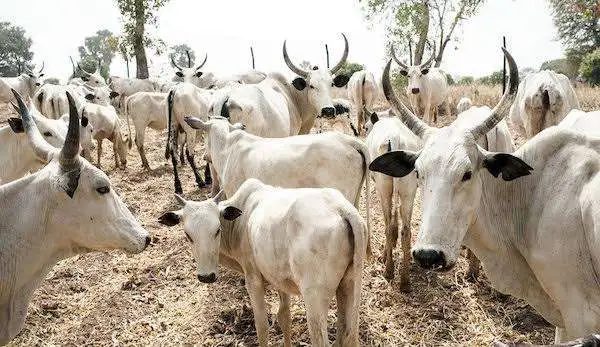ABUJA, June 2 – Nigeria is betting on Danish dairy cows to help solve a long-standing problem: the country imports more than half of the milk it consumes—at a staggering cost of $1.5 billion a year.
Now, with an ambitious plan to double local milk production within five years, the government has launched a bold initiative that blends international genetics with homegrown potential.
“Our goal is ambitious but achievable,” said Idi Maiha, Nigeria’s Minister of Livestock Development. “We want to raise milk output from 700,000 tonnes to 1.4 million tonnes a year. That means producing more of what we consume—right here in Nigeria.”
Despite having over 20 million cattle, most are low-yield, traditional breeds owned by pastoralists. These animals often produce less milk than modern dairy breeds found in Europe or North America.
To kick-start the transformation, a Nigerian farm has already imported more than 200 high-yielding heifers from Denmark and is scaling up production through intensive breeding programs.
This marks just one part of a broader strategy. In a move not seen in nearly five decades, the government has:
-
Registered eight new pasture species
-
Launched a national genetic resources strategy, with backing from the UN Food and Agriculture Organization (FAO)
“We are not starting from scratch,” Maiha emphasized. “With over 20.9 million cattle, 60 million sheep, and 1.4 million goats, we are building from strength.”
The plan also includes improving feed quality, pasture systems, and veterinary services—paving the way for a more sustainable and competitive dairy industry.
As global dairy prices fluctuate and food security becomes a pressing issue, Nigeria’s effort signals a major shift toward self-reliance and agricultural innovation. If successful, it could reduce import dependency, stabilize rural incomes, and build a modern dairy sector that works for both producers and consumers.


